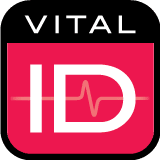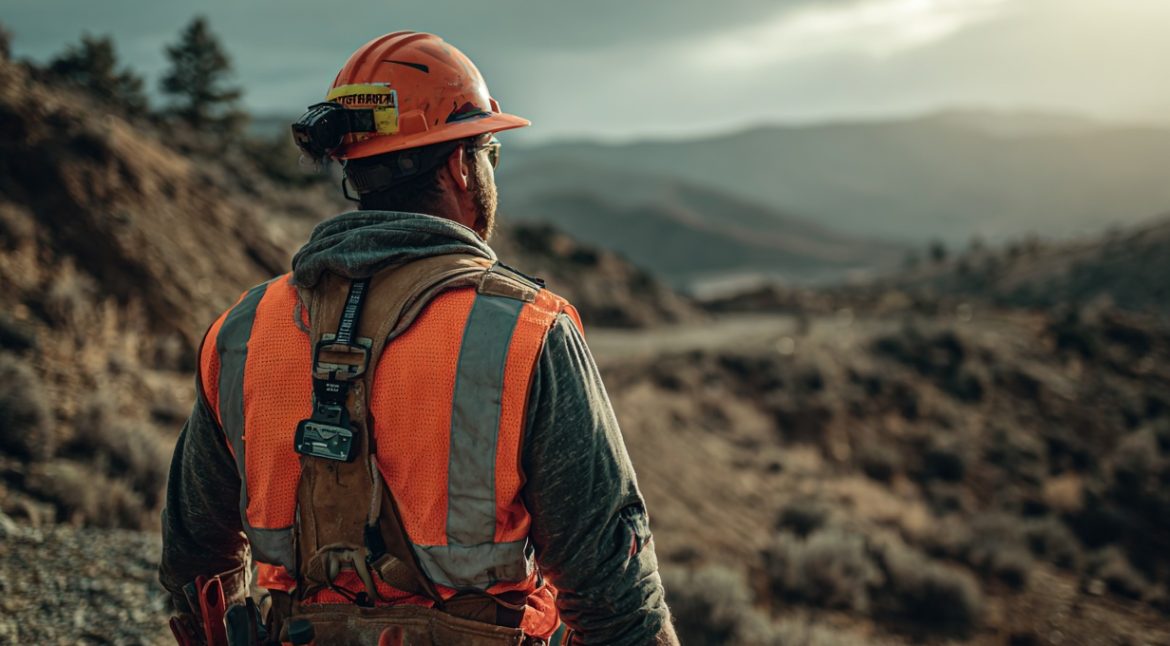Emergency ID for Lone Workers: A Lifeline in High-Risk Jobs
Introduction
This article explores why emergency IDs are non-negotiable for lone workers and highlights the most practical Vital ID products for this audience. We’ll also offer implementation tips and answer common questions to help safety managers, employers, and workers understand how to integrate ID systems seamlessly into existing safety protocols.
The Rising Risk Profile of Remote and Lone Work
Increased Isolation and Emergency Response Time
One of the greatest risks lone workers face is the delayed discovery of accidents or health emergencies. Without coworkers nearby to assist or raise the alarm, response times are extended—often critically so. Emergency IDs like the WSID 01 give first responders immediate access to medical conditions, allergies, and emergency contacts when every second counts.
Industry Examples: Where the Risks Are Real
- Forestry & Environmental Monitoring: Long treks and unpredictable terrain elevate injury risk.
- Utilities & Telecom: Working at height or in confined spaces requires a rapid, informed emergency response.
- Logistics & Transport: Long-distance drivers operate alone for hours or days.
Each of these industries can benefit from having the WSID-01, WSID-02 or WSID-05. These tags hold detailed information and is are waterproof and weather-resistant—ideal for rugged outdoor environments.
Why Emergency IDs Are Essential in Remote Work Safety Protocols
Simplifying Identification in High-Stress Situations
Unlike digital solutions, physical emergency ID tags are instantly accessible—no passcodes or devices required. They provide vital info such as blood type, chronic conditions, or medication allergies, facilitating better decision-making by paramedics or bystanders.
Regulatory Compliance and Due Diligence
Boosting Worker Confidence and Morale
Knowing that help will have access to essential information in a crisis boosts lone workers’ confidence. It’s a visible sign of employer investment in safety, improving morale and retention.
Choosing the Right Vital ID Solution for Remote Workers
WSID 01: Compact and Reliable
- Lightweight & Reflective
- Water-resistant and easy to attach
- A great solution for rugged outdoor work.
WSID 02: For More Info in the Field
- Offers more space for detailed health and contact info
- Made with tough vinyl for outdoor durability
- Ideal for industries with exposure to harsh conditions
WSID-05: For workers that don’t wear hard hats
- Designed for the tough outdoor conditions
- Universal fit, can be installed on boots, high-visabilty vests and belts / straps
- Good choice for transportation, drivers, or telecom fieldwork
All three solutions are available in our store and can be customized for volume purchases or added into broader organizational safety packages.
Implementation Best Practices for Emergency ID Use
Integrate IDs Into Onboarding and Safety Kits
Make it standard practice to issue an emergency ID tag alongside PPE. Include usage instructions during onboarding sessions and refresher safety courses.
Periodic Info Checks and Updates
Ensure that employees regularly update medical and contact details. This can be tied into annual reviews or periodic safety checks.
Partner With the Right Supplier
When sourcing your safety gear, consider partnering with a trusted distributor to ensure timely product access and bulk customization.
For tailored guidance, you can always contact Vital ID.
7 FAQs About Emergency IDs for Lone Workers
1. What information should be included on an emergency ID for remote workers?
A lone worker ID tag should include the worker’s full name, medical conditions, allergies, blood type, emergency contact name and number, and any medication being used. This information should be concise and easy to read.
2. Are emergency ID tags compliant with industry regulations?
While ID tags are not mandated by every regulation, they are strongly recommended under many health and safety codes, such as those by OSHA. For employers with remote staff, these tags serve as part of a comprehensive risk mitigation plan.
3. How do emergency ID tags help in case of unconsciousness?
If a lone worker is unconscious, the ID tag becomes their voice. Emergency responders can immediately learn of conditions like diabetes or heart disease and respond appropriately. It saves precious minutes and can prevent incorrect treatment.
4. How should ID tags be maintained?
Tags should be reviewed quarterly. Workers should update any medical or contact details, and the physical tag should be checked for wear or damage.
5. Can ID tags replace digital tracking or apps?
No, but they complement each other well. Digital check-ins confirm presence; physical IDs deliver instant, offline access to vital data. Relying solely on digital tools misses the value of something tangible in the field.
6. Are there ID solutions suitable for night work or low-light conditions?
Yes. The WSID-01, WSID-02 and WSID-02G features glow-in-the-dark visibility, making it ideal for low-light or overnight work in sectors like energy, construction, or marine.
7. What if my team has varied needs across roles and regions?
You can mix and match solutions from our range. Visit our store to explore different options or speak to a safety manager for implementation support.
Conclusion
Lone and remote workers need more than just check-in apps and location tracking—they need visible, reliable tools that support emergency response. Emergency ID tags from Vital ID offer exactly that: instant access to life-saving information when it matters most.
Whether you’re in the field, on the road, or up a utility pole, ID tags like the WSID 01, WSID 02, and WSID 02 G deliver a layer of safety no digital solution can match. They support compliance, reduce risk, and provide workers with confidence that they’re protected.
If you’re ready to enhance your safety program, contact Vital ID to learn more or explore solutions in our store. You can also become a distributor and bring proven ID solutions to your network.


